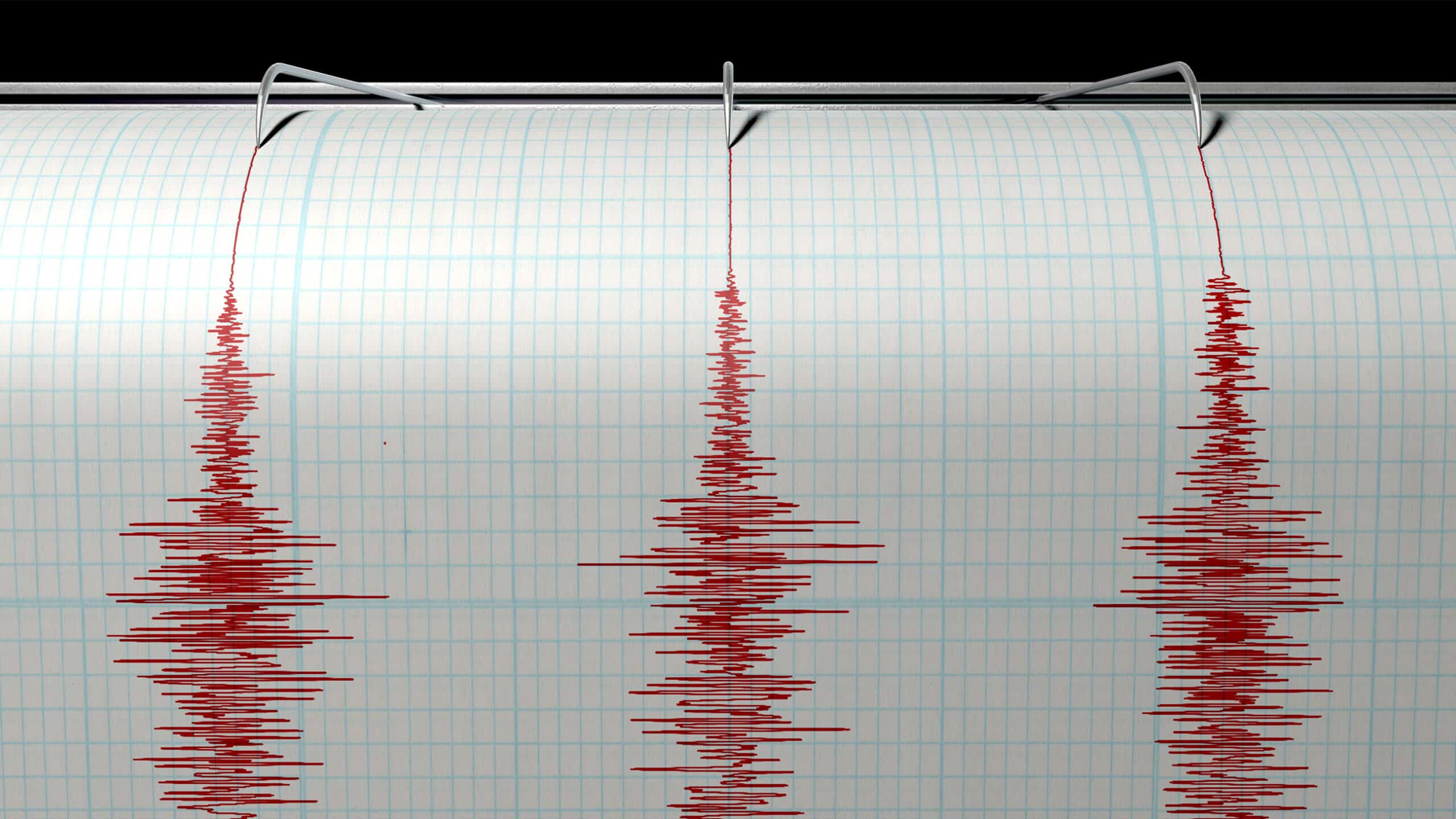If there is one thing that California is known for besides being the home of Hollywood, it’s earthquakes. Other states experience extreme weather phenomena like hurricanes and tornadoes, but Californians are most often subject to earthquakes. Most earthquakes in the Golden State are small and do not cause a lot of damage. As climate change continues to occur, the rate of serious earthquakes hitting California could absolutely increase.
Recently, a fault in the Mojave Desert called Garlock Fault began to slip after 500 years of no movement. If this fault continues to shift, California could experience numerous large, powerful earthquakes. In fact, in July of this year, Southern California was hit with its most massive quake in 20 years. This earthquake in Ridgecrest caused millions of dollars in damages and injured many people. To learn more about the growing risk of earthquakes in California as well as the most significant quakes in the history of the state, keep reading!
Earthquakes in California

California may not have a very long written history, but records of earthquakes date back pretty far. Researchers have found notes on earthquakes that affected the construction of various Spanish missions throughout the state in the late 18th century. When the missions were secularized in 1834, documentation on earthquakes vanished.

It wasn’t until the California Gold Rush boom of the 1840s that more earthquake records were begun. Many ship captains and other explorers also made notes of earthquakes they experienced while on their voyages. From 1850 to about 2004, there was an average of one pretty damaging seismic event each year.
